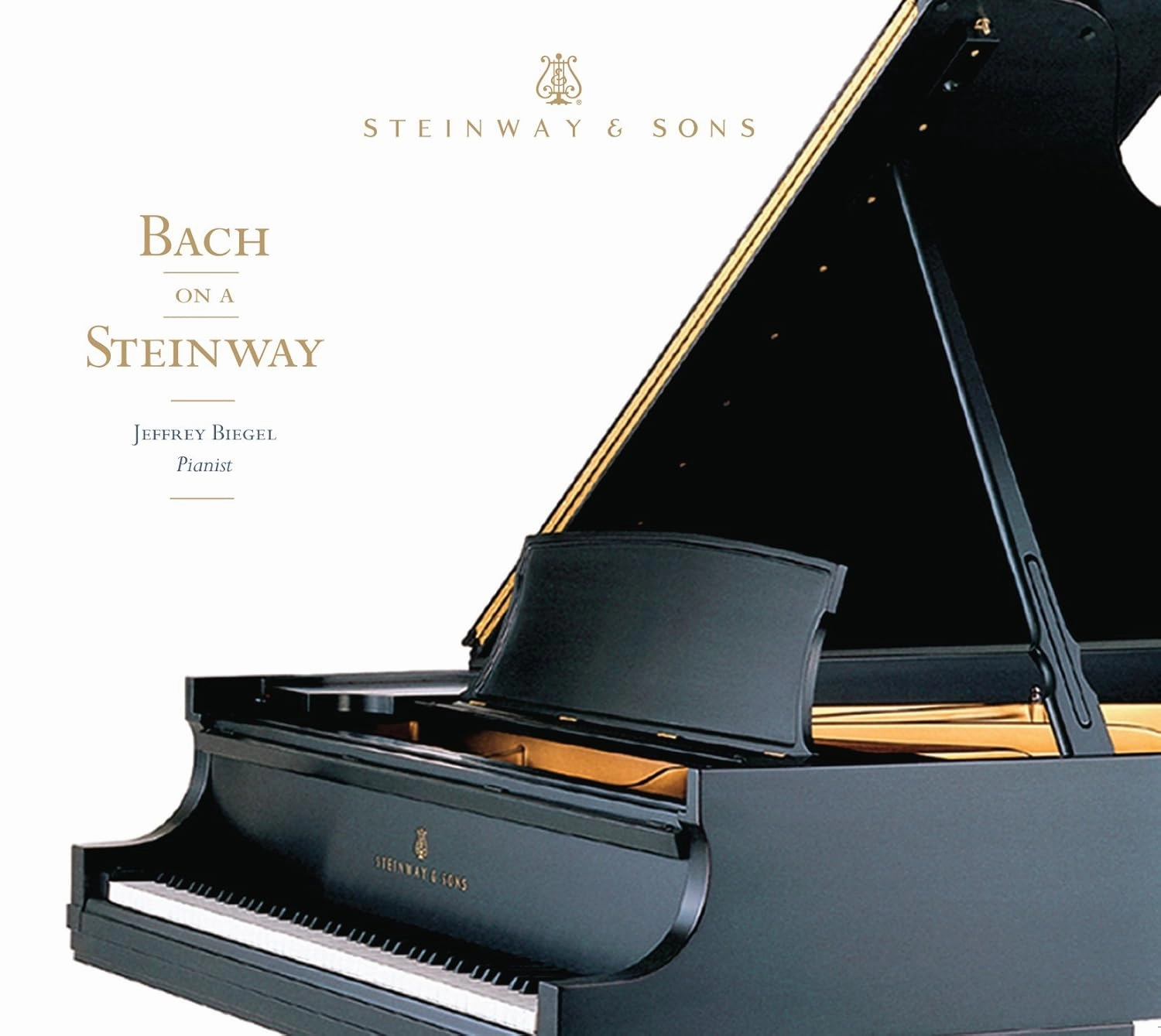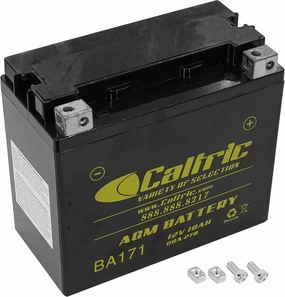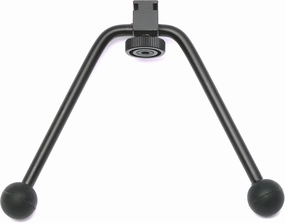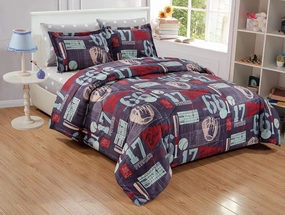Product Description
The music on this recording features some of Johann Sebastian Bach's most challenging and enduring pieces, cornerstones of the keyboard repertoire. But for what keyboard did Bach intend them? On this debut release from Steinway & Sons, Jeffrey Biegel adopts the performance practice of Bach's time. 'My goal was to be true to the style while recreating the music on a modern instrument, with a Baroque sense of improvisation that's similar to what Bach would have done.' -- Jeffrey Biegel
Review
Many years ago a musician friend of mine -- I wish I could remember if it was the violist or the trombonist -- would ask, when I told him I had gone to a concert, "Did they make music?" The question seems naive but in fact it is the ultimate question about any performance.
I was reminded of him as I listened to "Bach on a Steinway," a new disc by pianist Jeffrey Biegel. He performs a group of Bach pieces -- most familiar, many not -- on a contemporary Steinway piano. Fifty years ago there would have been no reason to single out the instrument. Except for a handful of purists, who performed Bach on the harpsichord, virtually everyone performed his music on a contemporary piano, more than likely a Steinway.
Over the last 50 years a kind of musical Puritanism has grown up, suggesting that performance the early 18th century composer on anything but a period instrument somehow violated the purity of the result. While it is true that hearing these pieces on instruments of their own time has enhanced our understanding of them, I have never felt that Bach himself would take offense to modern instruments.
Interestingly, in the program notes to "Bach on a Steinway," it noes that the foremost piano maker of the time, Silbermann, brought one of his instruments to Bach, who was not happy with it. Decades later he brought him an instrument that incorporated some of the suggestions Bach had made. Bach, who derived some of his income from fixing organs and had an intimate understanding of keyboard technology, now approved.
Even without this knowledge I have never doubted that had Bach been given a choice -- whether to hear his vocal music sung by the little boys who first sang it three centuries ago, students to whom he taught Latin grammar during the week, or a contemporary interpreter, say, Christa Ludwig or Marilyn Horne, I doubt he would have chosen the little boys.
All keyboard instruments are percussive. Unlike the harpsichord, which has a uniform sound, the piano is capable of producing a rainbow of colors and a huge range of dynamics. Cousin Taffy, a profesional harpsichordist, maintains the instrument's tonal limitations have one advantage -- the monochromatic sound makes the structure of Bach's formidable keyboard works as clear as possible.
A master pianist knows how to get the maximum sounds possible out of the piano. If.he plays it in the staccato style of a harpsichord he can convey the same sense of structure but also shape the music with colors that heighten its dramatic qualities. This was demonstrated a decade ago when the Russian pianist Sergey Babayan recorded the sonatas of Bach's contemporary Domenico Scarlatti. I have never heard these too-seldom-heard pieces played as dazzlingly or as movingly as Babayan does.
Similarly, Biegel knows how to control the dynamics to give each Bach piece a drama beyond the intense cerebral unfolding of the themes.
The title of the album suggests a breaking of the rules, which would not have been understood 50 years ago. Biegel's playing is so formidable that -- to answer my friend's question -- he makes the music music in a revelatory way. -- NY Daily News, Howard Kissel, November 26, 2010
The back-cover notes and booklet annotations for the Steinway & Sons label's first CD release make a selling point of pianist Jeffrey Biegel's stylistically informed improvising while playing Bach on a modern concert grand. This is nothing new, as anyone familiar with Bach recordings by Murray Perahia, András Schiff, and Sergei Schepkin will tell you. What's important is that Biegel is a sensitive and imaginative interpreter, who brings this music to life.
Notice his natural ebb and flow and intelligent coloristic choices in the introductions to both Toccatas, the D major Fugue's vividly sprung and subtly varied dotted rhythms, the F-sharp Fugue's gorgeous dry-point trills, and the incisive yet lilting élan Biegel brings to the Fifth French Suite's Gavotte and the Second Partita's Courante. And in contrast to Schepkin's over-elaborate embellishments, Biegel's emendations (mostly during repeats) draw attention to the music rather than to the pianist. My only cricism concerns the D minor Toccata's first fugue and the Partita's Rondeau, where Biegel's articulation gets heavier and his basic tempos slow down ever so slightly as each movement progresses. In all, this auspicious and superbly engineered debut bodes well for the success of this new label. -- Classics Today, Jed Distler, September 20, 2010
- Product Dimensions : 5.53 x 0.2 x 5.04 inches; 2.24 ounces
- Manufacturer : Steinway & Sons
- Date First Available : September 10, 2010
- Label : Steinway & Sons
- Number of discs : 1












